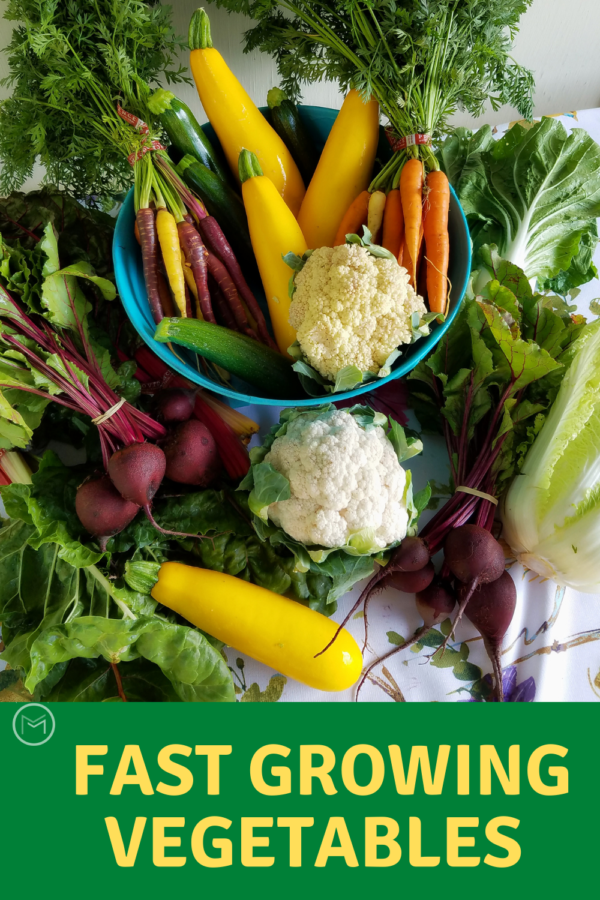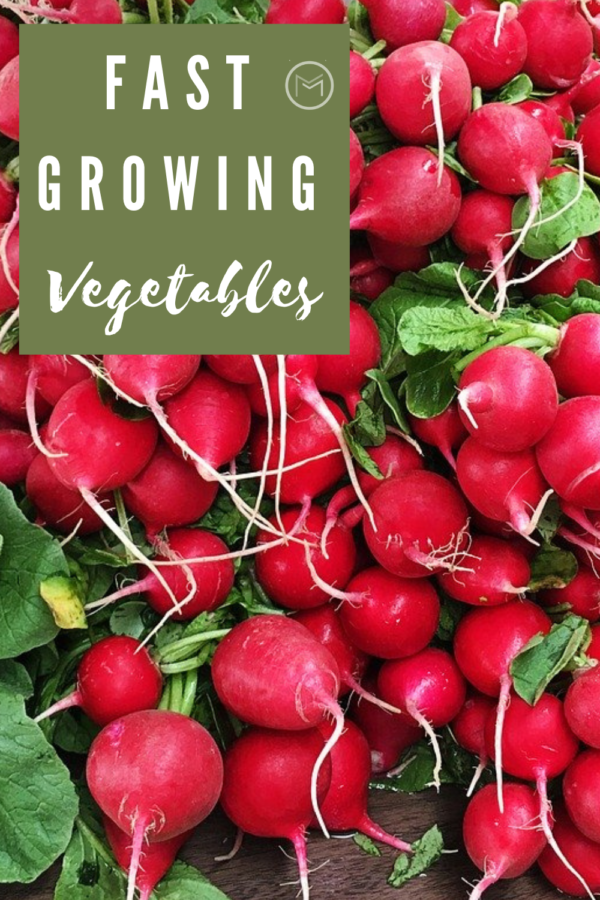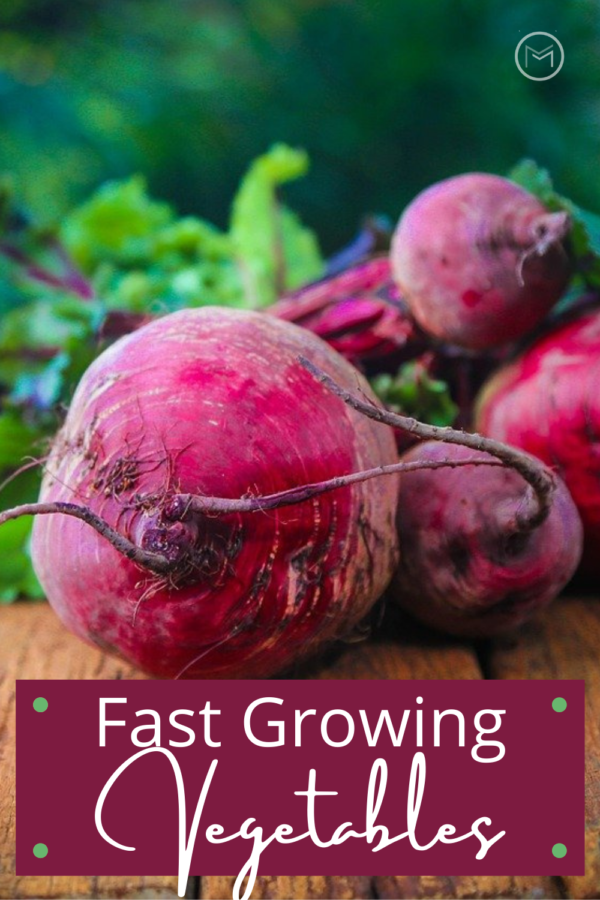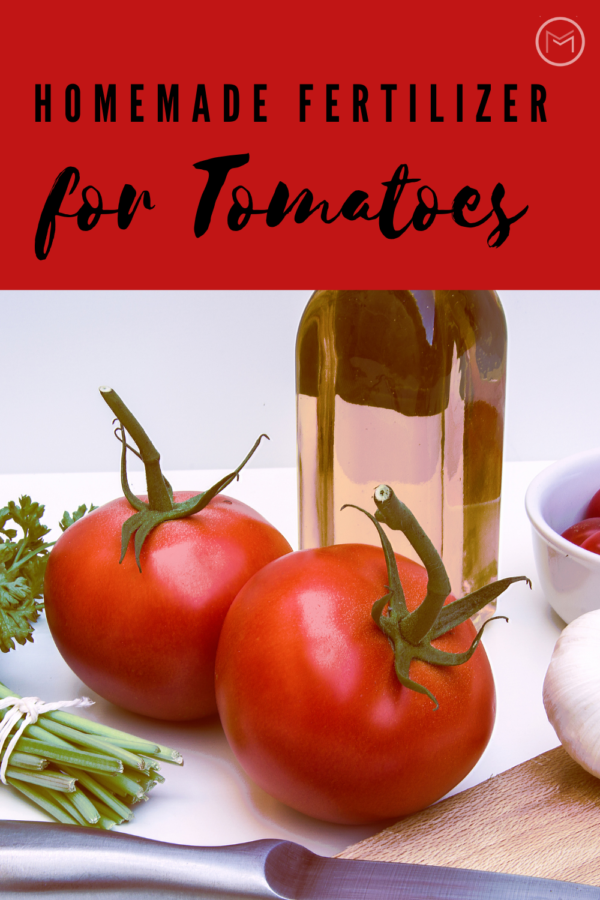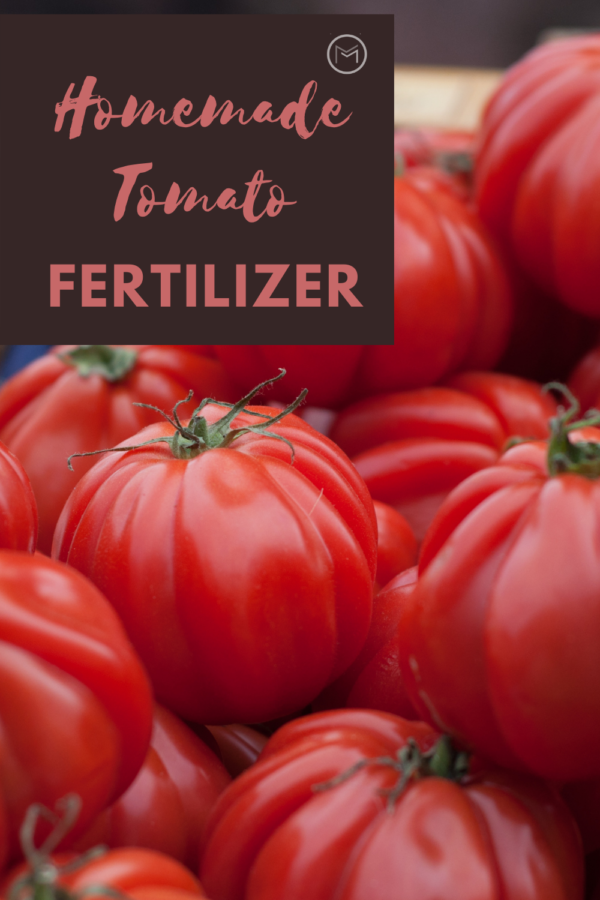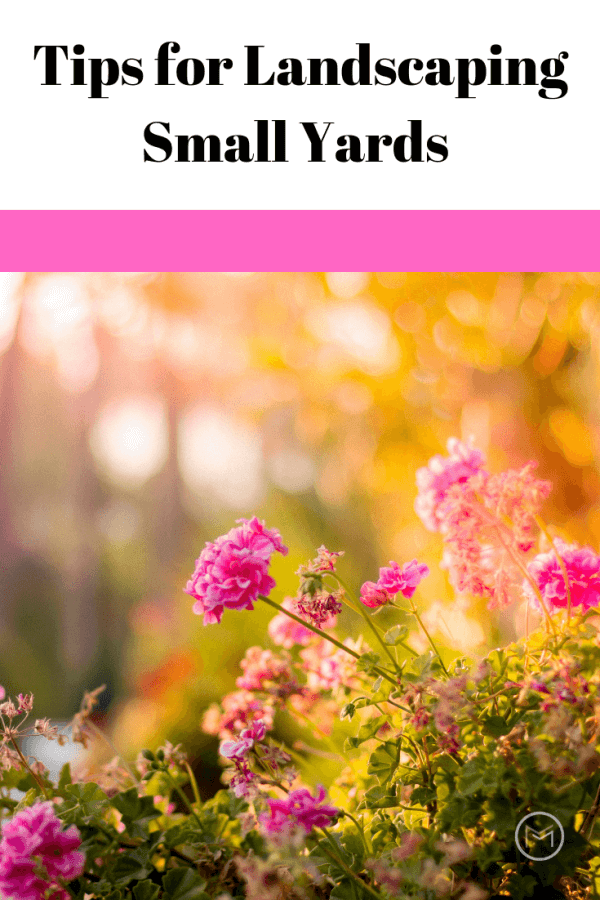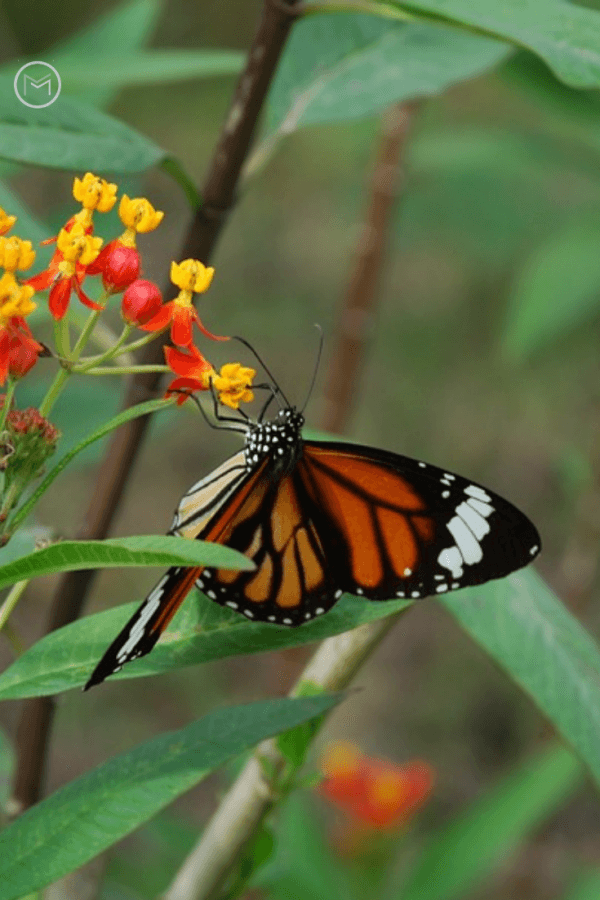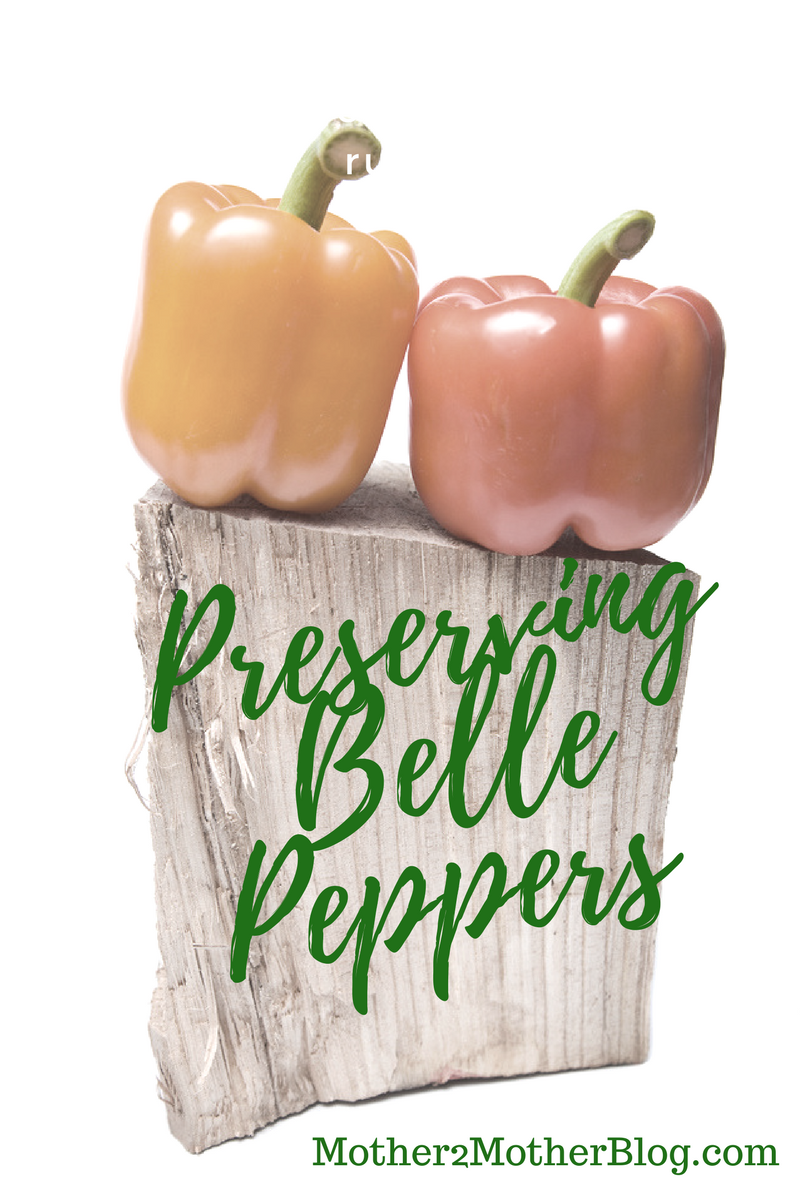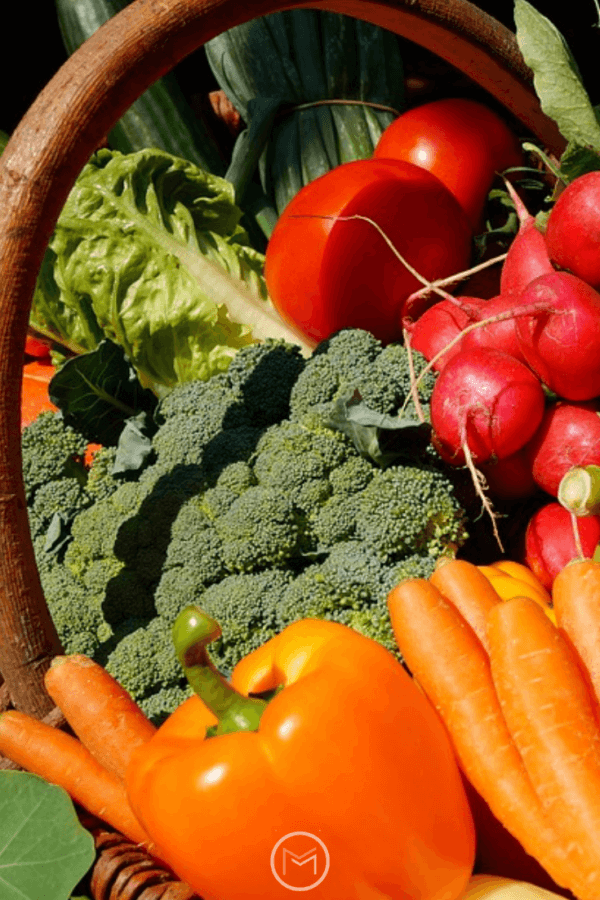Today, I’m sharing gardening tips on using banana peels as fertilizer for beginner gardeners. I love recycling and upcycling things, and banana peels just happens to be one of those things. So, I’ve found ways to use in banana peels in my gardens and I make a banana tea fertilizer for my plants. Read on for this simple fertilizer recipe.
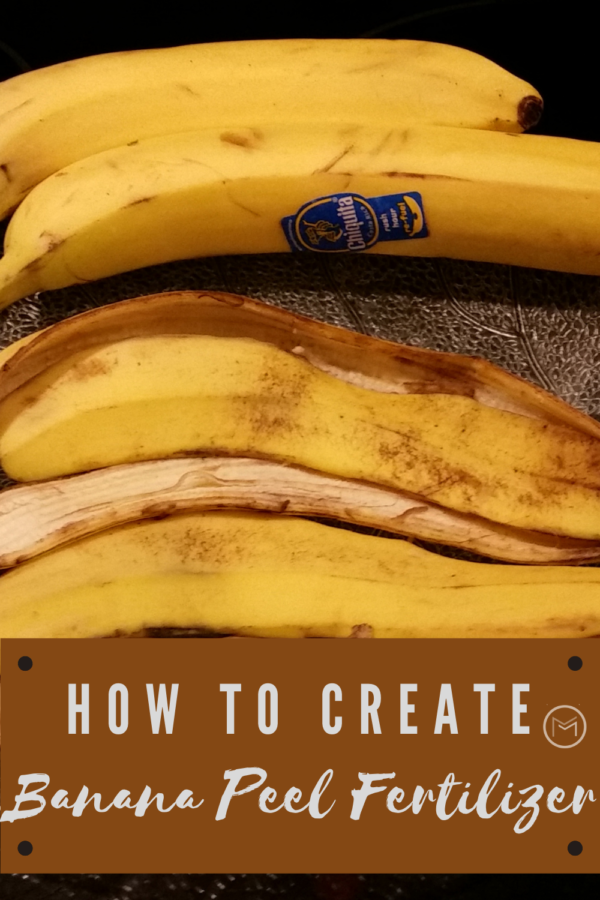
Using Banana Peels as Fertilizer
Making banana peel fertilizer is easy and beneficial to both flower and vegetable garden. Bananas are a great source of potassium, sodium, iron, zinc, and manganese, all of which plants need for healthy growth and blooms.
Furthermore, potassium helps plants use water better and be more drought resistant. Because it contains no nitrogen, it is perfect for low nitrogen plants like tomatoes and peppers. Banana peels contain calcium, which helps prevent blossom end rot. You can also use the fertilizer on flowers, house plants and roses.
- Remove any stickers from the bananas.
- Place 1 – 2 banana peels in a quart jar.
- Cover banana peels with rain water if available or regular water.
- Cover quart jar loosely with a top.
- Allow peels to stand in water for 48 hours to a week.
- Remove banana peels from the jar, and chop them into small pieces.
- Bury the banana peels beneath your plants when planting your garden and posts.
- Store the fertilizer in a pitcher or gallon jug until ready to use.
- Water the plants at the base with the banana peel fertilizer.
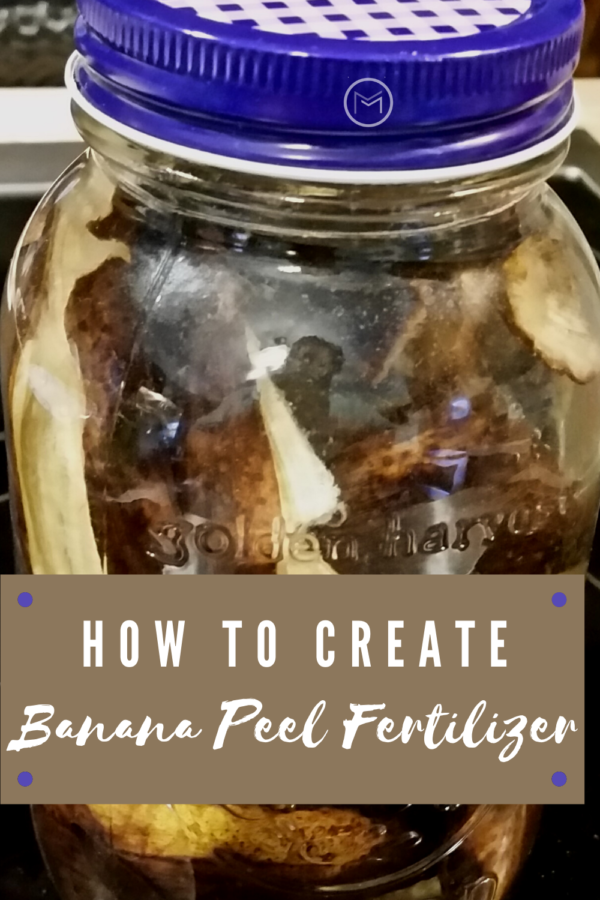
Furthermore, you can save banana peels throughout the year by freezing them. You can make the fertilizer with fresh or frozen banana peels. I freeze banana peels all year to ensure that I have enough to make fertilizer throughout the gardening season. Once used they can be tossed into your compost bin.
You can also lightly mist your tomato and pepper plants throughout the growing season. Place your fertilizer in a spray bottle and mist. Don’t saturate your plants, a light mist will do. Pepper and tomato plants don’t like to stay wet too long.
Try using banana peel fertilizer on your plants this growing season. You’ll give them the boost they need to produce delicious fruit, vegetables and flowers. You may also like: Building Healthy Soil.
